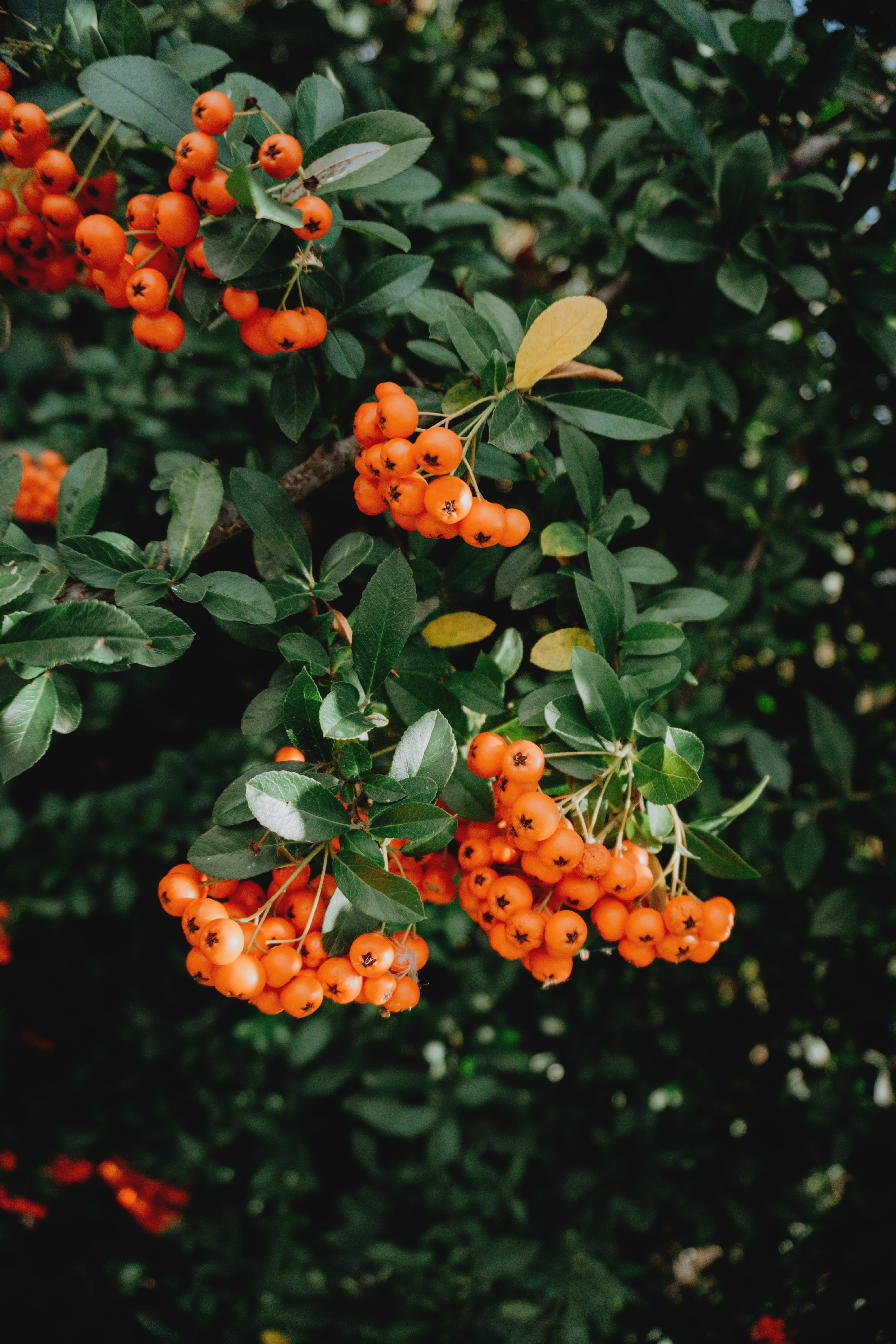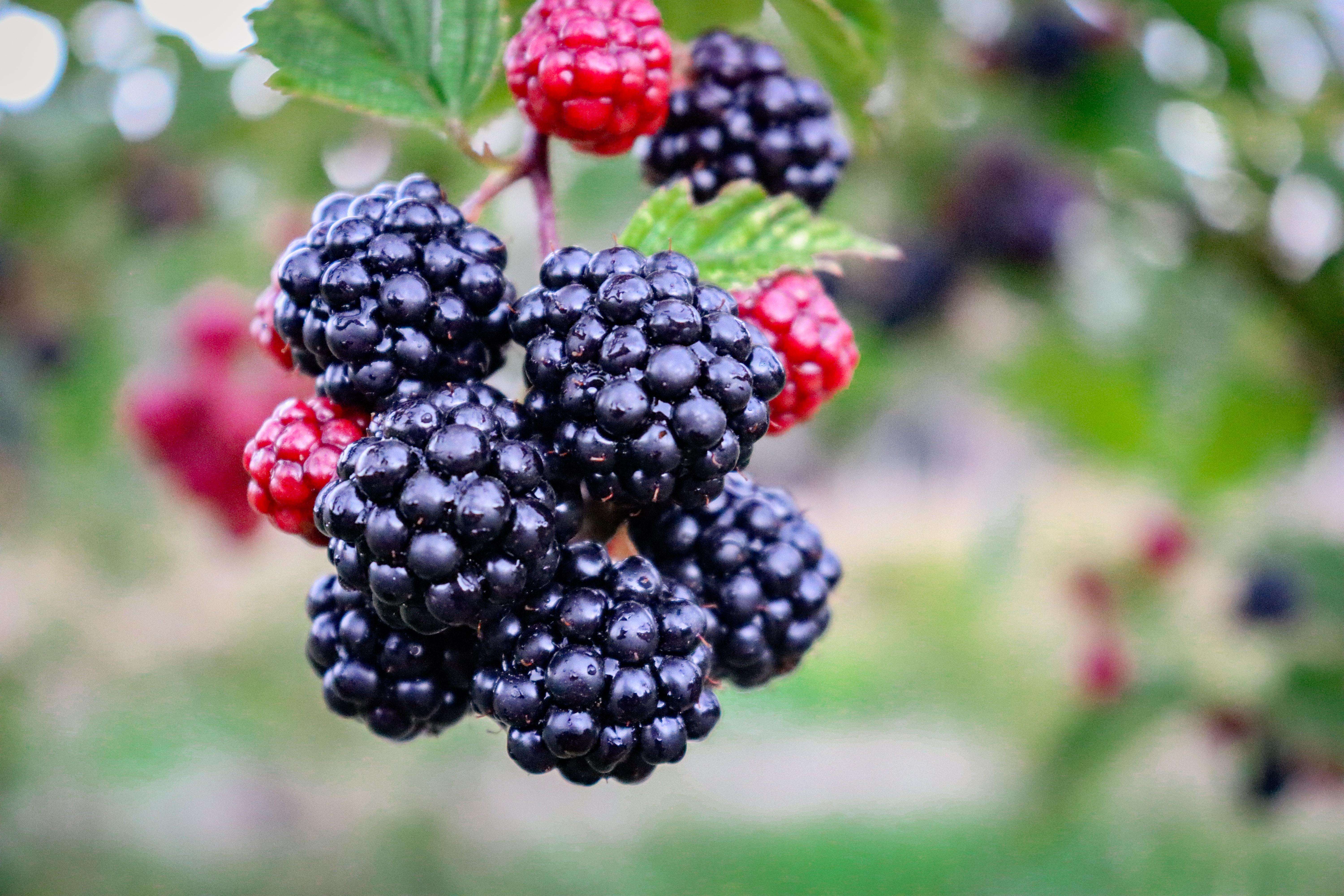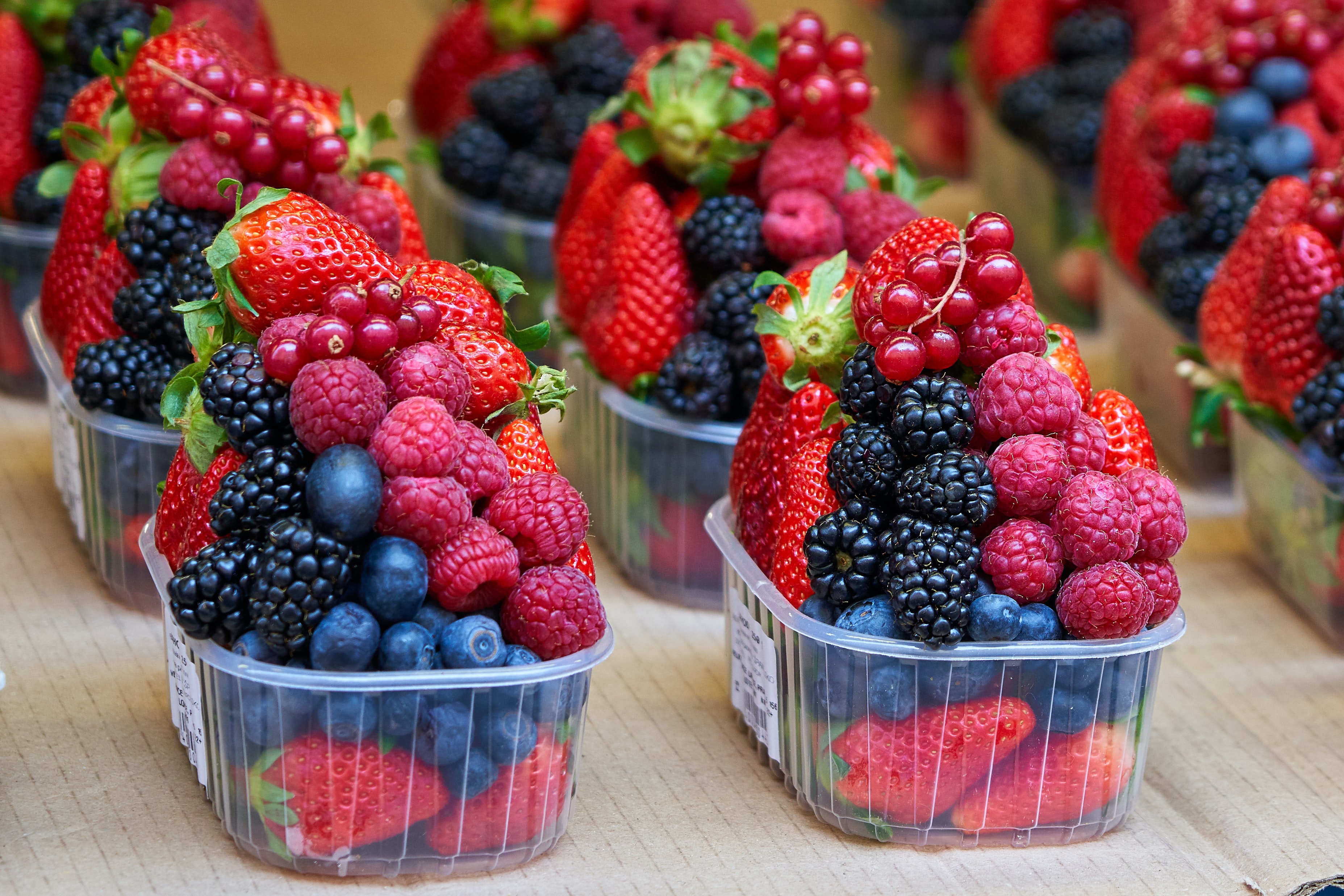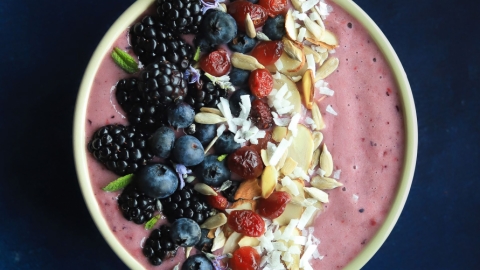Humble Berries
Do you grow strawberries, blueberries or raspberries?
What about haskaps or lingonberries? If you’re an avid gardener or have a large property, there are so many interesting berry varieties to choose from, many of which are native to our Island.
Growing berries is a great way to add to the permaculture of your garden and reap yearly rewards with very little maintenance. The early blossoms of berry bushes are extremely beneficial to pollinators with their flowers attracting hummingbirds, bees and butterflies.
Many berries (and the ones I will discuss here) are perennials. This means that once you plant them, you will be rewarded with the little fruits year after year. Most prefer neutral to acidic soil—of which we have no shortage here on the “wet” coast. All of the berries mentioned in this article grow easily in our climate. Another advantage to these local species is that they often grow well in sunny to shady conditions.
Best planted in spring or fall while dormant, summer is a great time to sample the berries at the farmers market or out in nature and decide which ones you like best.



Haskap berries
Haskap berries (aka honeyberries), are often called the “berry of long life.” They are a blue honeysuckle native to Canada, amongst other northern countries. Tangy, sweet, juicy and a bit astringent, the haskap berry looks like an elongated blueberry and is full of vitamins and nutrients. These beautiful and tidy bushes produce best when planted as a pair for pollination. They are hardy down to Zone 2 and especially tolerant of wet conditions. Newer cultivars are sweeter and tastier than the wild growing species.
Gooseberries
Gooseberries are part of the currant family and are larger, juicier and less tart than their more familiar cousin. They are a self-pollinating bush with subtle flowers in spring and pretty, bright-red foliage in fall. Gooseberry bushes prefer full sun and good air flow. There are many varieties with a range of flavours and fruit colours, from yellow to red to purple, and they are hardy to Zone 3.
Saskatoon berries
Saskatoon berries (aka June berries or serviceberries) are particularly cold hardy, will produce for up to 30 years or longer and are not too picky about soil conditions. Sweet, nutty Saskatoons look very similar to blueberries but are actually more closely related to apples. These berries will continue to ripen after picking. While these bushes can get quite tall, my experience is that they are just a little taller than my blueberry bushes, sitting at about 1.5–2 meters. Extremely low maintenance, these are hardy to Zone 2.
Osoberries
Osoberries (aka Oregon berries) can grow in many conditions, from full sun to full shade. A bush native to the area, it is often found wild on the edge of forests. These make excellent hedges, growing tall without spreading invasively. Early white blossoms herald the arrival of spring and morph into large purple berries that look like bunches of small plums.
Lingonberries
Lingonberries are a close relative to the blueberry but much more tart and popular in Scandinavian countries. Most similar to their cranberry cousin, most prefer this fruit cooked to temper the tartness and accentuate the sweetness. This berry gets my vote not just for flavour but because it makes a stunning low-growing landscape plant that can be used as groundcover or low edging. (Their roots even give off chemicals that deter weeds!) Grow rows of them and plant two varieties for pollination. This glossy-leafed plant will give you two harvests (one in summer and one in fall) and is hardy to Zone 2.
Huckleberries
Huckleberries are a beautiful and delicate addition to a woodland garden. We are familiar with the tiny red variety, but they also come in shades of purple, blue and black. Hardy to Zone 5 and lower, the little red berries are sweet and delicious eaten fresh off the bush. They are smaller than the other berries mentioned here so you need a lot to bake a pie or make jam. Huckleberries are one of the few fruits that will do better in shade than sun.
Red flowering currants
Red flowering currant is one I’ve personally gifted a friend for its stunning fuchsia flowers and resistance to deer. At home in borders and woodland gardens, this tidy shrub produces small, tart, blue–black berries with small seeds and a thin wax coating. They taste best cooked and make deep, dark and delicious jams, syrups and pies.
Sea buckthorn berries
Sea buckthorn berries (aka sea berries) are a more unusual choice, but they are becoming more popular in upscale restaurants. These tangerine-coloured berries have a unique flavour with hints of mango, orange and pineapple in a sour berry. Sea buckthorn needs to be considered carefully before being added to your garden. It can become invasive like raspberry plants and it requires a male and female plant in close proximity to fruit. The positives of sea buckthorn are that it is extremely cold hardy, survives drought and salt spray and does fine in poor soil. Elegant silver-green foliage creates a beautiful backdrop for the bright orange berries. This can be a great choice for an edible garden border.
|
These berries are well-suited to the naturalized garden and are excellent for larger gardens, yards and forested areas. Mulberry - Loganberry - Tayberry - Marionberry - Cloudberry (aka salmonberry) - Bearberry - Salmonberry - Thimbleberry - Jostaberry - Oregon grape - Boysenberry - Cranberry - Juniper (a beautiful silvery green bush with tiny berries that are dried and used for flavoring soup, stew or in marinades and for making gin) - Elderberry (needs to be cooked before eating) |





